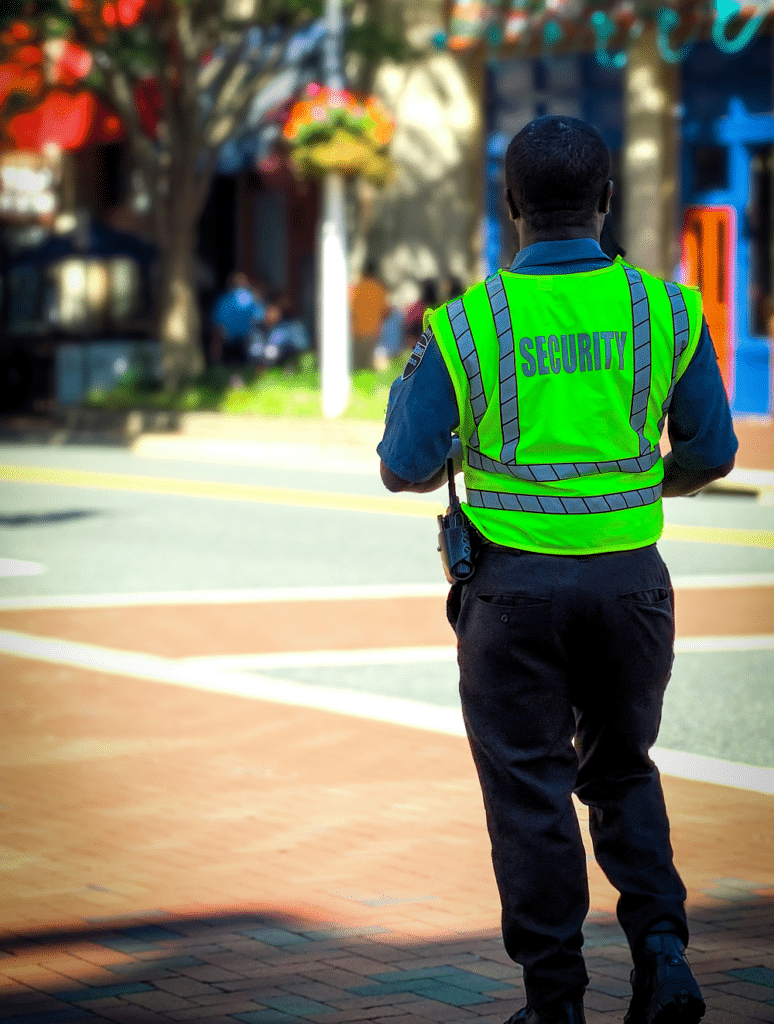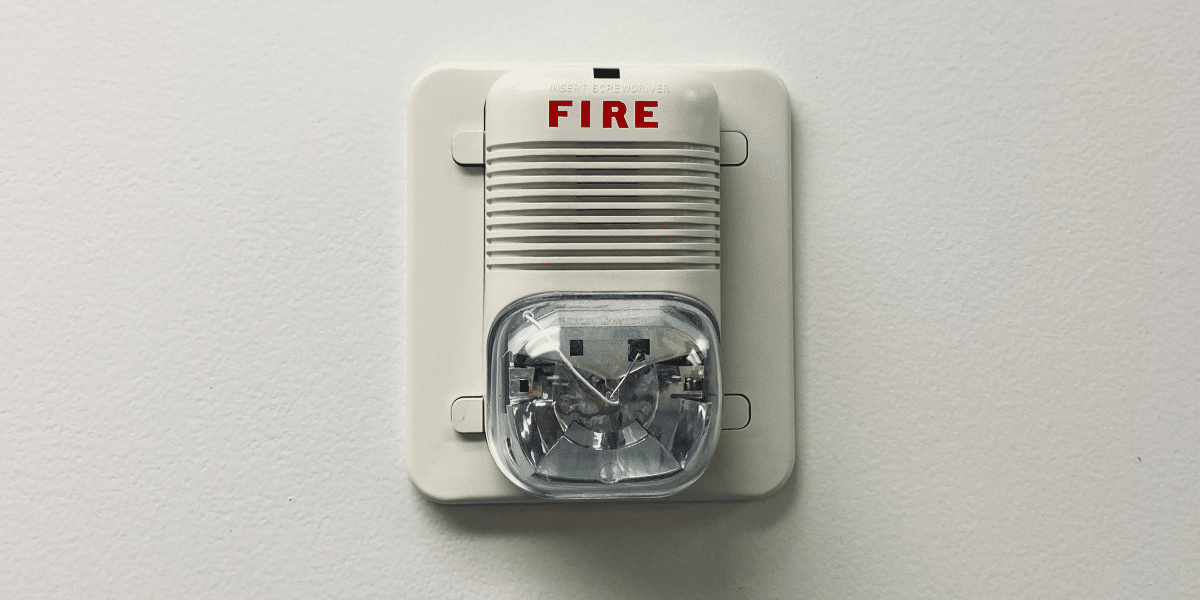By: Maria Williams
When most people think of personal safety, their minds often turn to reactive measures such as calling emergency services when things go wrong. But personal safety and security experts like Traci Shirachi argue that the best safety measures are proactive tactics and strategies that keep you in a position where you don’t have to rely on a hasty 911 call — and only turn to such drastic measures as a last resort.
The secret to staying safe, Traci believes, is a proactive mindset. Not necessarily one of fear and anxious anticipation, but one that keeps you aware of your surroundings and subconsciously guides your decisions throughout the day. Instead of walking around with your face buried in your phone, making yourself easy prey, Traci firmly believes that conscious awareness is one of the best ways to stay safe.
Learn more about Traci Shirachi and how she believes you can stay safe with a simple change of mindset.
Traci Shirachi: A Serial Entrepreneur Turned Personal Safety and Security Advisor
If you had asked Traci Shirachi 20 years ago what she’d be doing for a living, leading a global risk management company in security wouldn’t have even crossed her mind. But now, after being married for over a decade to a federal law enforcement agent, she couldn’t imagine doing anything else.
Traci may be a civilian by definition, but over the years, she’s become intimately familiar with rigorous law enforcement training, robust crime prevention and security tactics, and common-sense personal safety wisdom that she believes everyone should be privy to.
Paired with her professional history of leadership roles in consulting and evaluation (where she honed her skills in developing effective strategies and proactively measuring their outcomes), her current career in leading a team of personal security advisors simply makes sense. It’s also why she’s particularly qualified to speak on the power of reactive security techniques rather than just waiting for something to happen.

Proactive vs. Reactive Security
In an ideal world, people should be able to safely walk the streets, let their guard down, and enjoy life without having to worry about something going wrong. In the extremely rare scenario that something bad happens, then a victim could dial 911 and get help on the scene right away.
But this is not an ideal world.
It’s no secret that it’s a dangerous world out there. And unfortunately, far too few people take personal safety seriously, accept it as their responsibility, and adopt common-sense, proactive mindsets that keep them safe. Instead, the vast majority of people take a reactive approach to personal safety, relying on external factors that they can’t control and dialing 911 as an afterthought.
The result? Dispatchers who are inundated with 911 calls, ambulances that don’t make it in time because they’re busy at another site and a policing system that occasionally fails to properly train officers or maintain adequate resources to keep up with ever-expanding needs — essentially, a vital infrastructure that’s stretched thin as crime continues to escalate.
Even if emergency services are prompt, the damage is often already done. Police and EMTs can’t always respond in time to prevent harm, and while insurance can cover financial losses, there’s nothing it can do to rewind the effects of physical or emotional trauma. Besides, insurers go out of their way to find excuses to reject claims and mitigate their losses, often leaving victims with inadequate resources to recover financially.
“We can’t always expect someone else, like emergency services or insurance,” Traci emphasizes, “to respond or reverse the impacts of crime and prevent harm. It just doesn’t work to only respond because the damage or trauma is done.”
And unfortunately, the dichotomy of proactive vs. reactive security is not limited to personal safety. Law enforcement has struggled with this paradigm shift for centuries, never fully managing to adopt an approach that keeps the streets safe rather than putting out fires as they crop up. And as their resources are increasingly spent, it makes it even harder to take a reactive approach to crime.
So what can people do? While law enforcement continues to make efforts to improve proactive policing, Traci believes that individuals must take personal safety into their own hands, and it all starts with a proactive mindset.
Taking Personal Safety into Your Own Hands with a Proactive Mindset
Spending 15 years with a federal law enforcement agent is bound to rub off on you, and in Traci’s case, it’s taught her the critical importance of a proactive mindset when it comes to personal safety. After all, the best way to protect yourself is to avoid dangerous situations to begin with.
That’s why situational awareness is the first step and a key component of personal safety. This includes paying attention to the people around you, recognizing potential threats, and quickly learning the layout of unfamiliar places. It also means listening to your intuition and paying attention to your subconscious, trusting your instincts to keep you from entering a dangerous situation.
Another often overlooked aspect of proactive safety is community involvement (such as the NextDoor app). Whether this means creating a network of security-minded individuals or joining one (such as a neighborhood watch program or a social media group), a collective culture of vigilance and care can go a long way toward preventing danger. When a tight-knit group closely communicates with and trusts each other to help, everyone is safer.
Preparing to React
But a proactive security strategy also means preparing to react. After all, there is no guarantee that you will always be able to avoid a dangerous situation. And while many people trust that they’ll be able to fight their way out or escape a dangerous situation with no preparation, this is the epitome of reactive personal safety and a surefire way to get yourself hurt.
That’s why, through her work with Aplomb Security Group, Traci helps clients develop personal safety plans tailored to their unique needs and environments. Whether this means establishing escape routes, safe places to hide, or communication plans among families or employees, this serves as the backbone of a robust security strategy.
As a logical next step, Traci recommends running through various scenarios to help people respond quickly and effectively in emergencies. This includes active shooter situations, fire drills, home invasion simulations, and other scenarios in which people need to think on their feet.
Finally, no security strategy would be complete without proper self-defense training, first-aid instruction, and gun safety lessons. While Traci believes that these strategies should only be used as a last resort, she is adamant that her clients know how to defend themselves if it comes down to it. That’s why she works with certified instructors who can teach students to employ lifesaving measures if needed.
But above all else, she preaches a proactive mindset, stating, “Crime can be prevented, and safety is a proactive thing that requires personal civic responsibility.”
Personal Safety Starts with You
By shifting your focus from reactive measures to a proactive, safety-first mindset, you can enhance your situational awareness and preparedness, keeping you safe no matter your situation.
Traci Shirachi believes that adopting this mindset and taking your safety into your own hands is your personal responsibility in keeping you, your family, and your community safe — but she also stresses the importance of pairing this with practical defense strategies in case the unexpected happens.
To learn more about her work and to develop the skills you need to keep your loved ones safe, contact Aplomb Security Group today.
Published By: Aize Perez

















